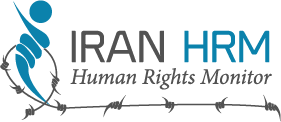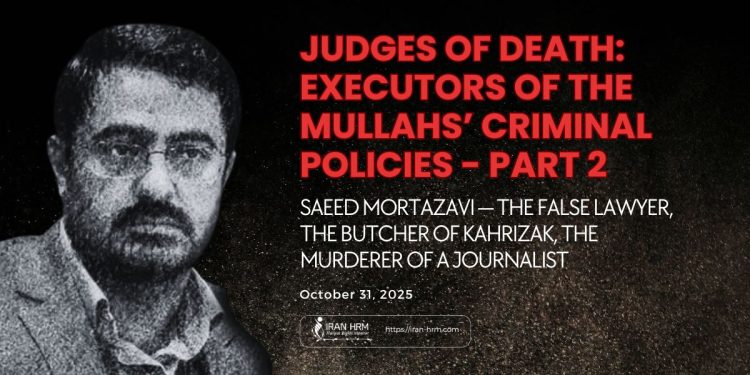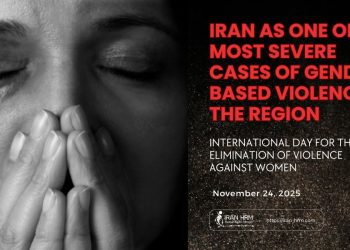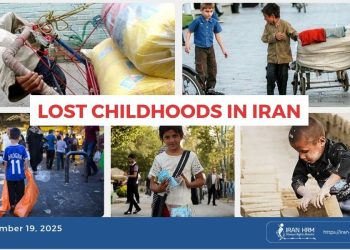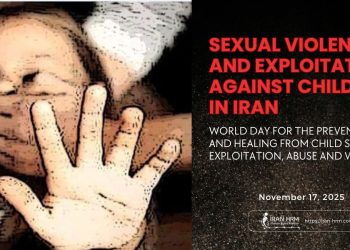In the first part, we saw how Saeed Mortazavi, through press suppression and the murder of Zahra Kazemi, became the symbol of the destruction of freedom of expression in Iran. This section follows his trajectory through the Kahrizak tragedy, large-scale corruption in the Social Security Organization, and finally his return to the legal profession — a narrative of the collapse of justice and the institutionalized judicial impunity at the highest levels of power in Iran.
Kahrizak: The Detention Center of Death and the Birth of Systematic Crimes (2009)
In the summer of 2009, following the announcement of the presidential election results and the onset of nationwide protests, dozens of demonstrators were arrested by security forces. The order to transfer them to Kahrizak Detention Center was issued by then–Tehran Prosecutor Saeed Mortazavi. The Iranian parliament’s Fact-Finding Committee Report confirmed that Kahrizak lacked even the most basic sanitary and humane conditions. Officials at Evin Prison had already informed the judiciary that sufficient capacity existed to hold the detainees. Nonetheless, Mortazavi insisted on the illegal transfer. Inside Kahrizak, detainees were subjected to brutal torture, beatings, sexual assault, starvation, and sleep deprivation. Three young men — Mohsen Ruholamini, Amir Javadifar, and Mohammad Kamrani — were killed under torture. Their families were barred from holding funeral ceremonies, and the cause of death was initially declared to be “meningitis” — a lie later refuted by the official coroner’s report. In 2010, the Iranian parliament’s official report held Mortazavi directly responsible for the unlawful transfer of detainees. Despite overwhelming evidence, he received only two years in prison. During his appeal, Mortazavi defended himself by saying: “What I did was my religious and legal duty.” That single sentence encapsulates his judicial worldview — committing crimes under the guise of religion. The U.S. Treasury Department and the European Union subsequently placed Saeed Mortazavi on their sanctions lists for human rights violations. Reports by the United Nations identified him as one of the primary officials responsible for torture in detention centers. Nevertheless, no effective punishment was ever enforced.

Institutional Corruption: From the Social Security Organization to Political Bribery
After being dismissed from his judicial position, President Mahmoud Ahmadinejad appointed Mortazavi as head of the Social Security Organization (SSO) in 2011 — a political reward for a notorious executioner. Within less than two years, the organization became a hub of massive financial corruption. The Iranian Parliament’s 2013 investigative report revealed that Mortazavi transferred control of 138 subsidiaries of Shasta Holding to Babak Zanjani; distributed millions of tomans in gift cards and loans to government officials and members of parliament; and used workers’ and insured citizens’ funds to buy political influence and loyalty. In 2016, Tehran’s Criminal Court sentenced him to 135 lashes for financial misconduct. Yet in February 2019, the sentence was pardoned by the Supreme Leader, allowing Mortazavi to return to society without consequence — a clear symbol of structural impunity for human rights violators.
Chronology of Human Rights Violations by Saeed Mortazavi
The table below summarizes the main positions and documented cases of human rights violations committed by Saeed Mortazavi, based on official domestic and international reports:
| Year | Key Event | Details of Human Rights Violations |
| 2000–2003 | Head of Branch 1410 of the Government Employees Court | Closure of 120 reformist newspapers; arrest and torture of bloggers and journalists (including Omid Memarian and Roozbeh Mir Ebrahimi). Witnesses were threatened with “accidents” to silence them. |
| 2003 | Killing of Zahra Kazemi | Ordered the arrest and interrogation of the Iranian-Canadian photojournalist; torture leading to death in Evin Prison. Canada and HRW identified Mortazavi as directly responsible. |
| 2005 | Bloggers’ Case | Arrest of over 20 individuals; torture to extract forced confessions; solitary confinement and threats against families. |
| 2009 | Post-Election Crackdown and Kahrizak Detention Center | Ordered the arrest of 600+ protesters and their transfer to Kahrizak for torture. Three detainees (Mohsen Rouhalamini, Amir Javadifar, Mohammad Kamarani) died under torture and sexual abuse. A parliamentary report named Mortazavi as directly responsible. |
| 2011–2013 | Head of the Social Security Organization | Embezzlement of roughly 2.5 trillion toman; sentenced to 99 lashes (later pardoned by the Supreme Leader). |
| 2015 | Permanent Dismissal from Judiciary | Supreme Court ruling for permanent dismissal; five-year ban from public office. |
| 2017–2019 | Imprisonment for Kahrizak Case | Sentenced to two years in prison for “complicity in murder” of Rouhalamini; acquitted by the Supreme Court in 2021. |
| 2025 | Attorney License | License issued by the Yazd Bar Association; more than 9,000 lawyers and human rights defenders protested the decision. |
The Executioner’s Return to Law: Attorney License in Yazd (2025)
In February 2025, news emerged that the Yazd Bar Association had issued a Grade-1 Attorney License for Saeed Mortazavi. The announcement sparked public outrage. More than 9,000 lawyers and human rights defenders signed an open letter condemning the license as “an insult to justice and a humiliation of victims.” Mortazavi responded defiantly in an interview: “I acted according to God’s law and the law of the land, and I am proud to be listed among the violators of human rights.” This statement reflects not only personal shamelessness but also a systemic reality in which perpetrators of state crimes are sanctified for their atrocities. The head of the Yazd Bar Association justified the decision by stating that “after all legal inquiries, no impediment was found.” This single sentence exposes the moral collapse of Iran’s judicial system, as Mortazavi’s official conviction in the Kahrizak case should have legally disqualified him from receiving any law license.
Final Assessment
Saeed Mortazavi embodies judicial impunity under the regime of Velayat-e Faqih. From silencing the press to orchestrating deaths in detention, from financial corruption to returning as a licensed attorney, he has never faced real accountability — because in this system, crime is not a deviation from law but a requirement of loyalty to it. His case stands as living proof of the collapse of justice in Iran — of judges turned torturers, prosecutors turned killers, and lawyers turned defenders of falsehood. In the realm of human rights, the name Saeed Mortazavi is not only tied to the Kahrizak tragedy and the murder of Zahra Kazemi but also to one enduring concept: absolute impunity before justice. As long as such figures continue to breathe freely within the legal apparatus, justice in Iran is not a victim — it is dead.
